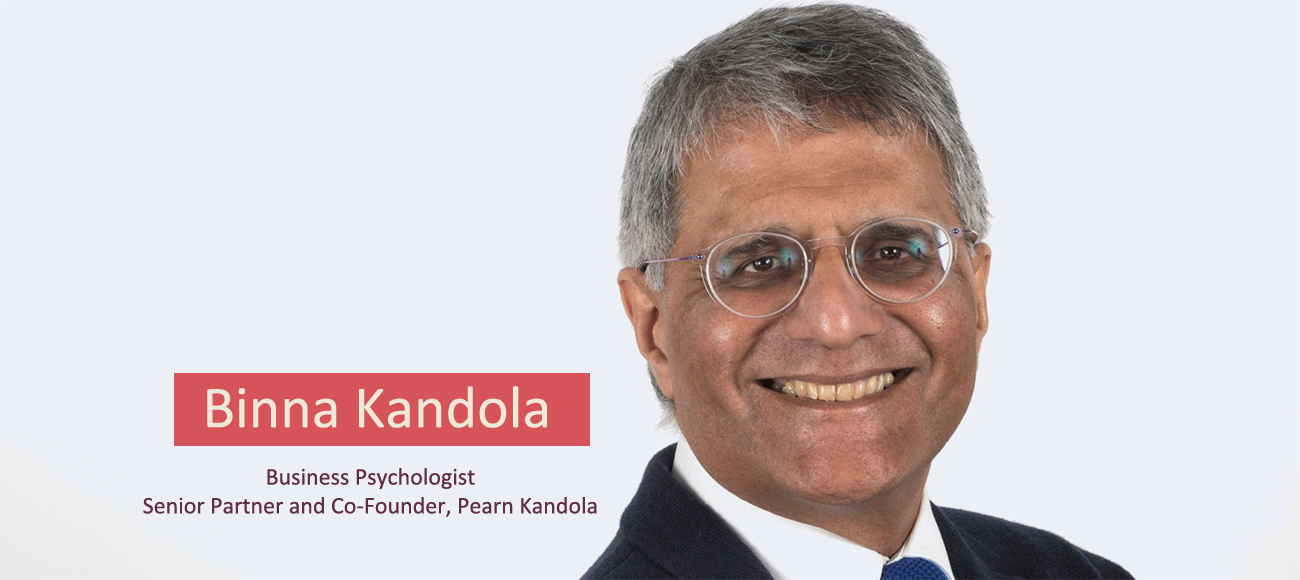Demonstrating a commitment to inclusion is a core leadership behaviour, achievable through active listening.
Our levy-funded leadership and management apprenticeship explores ways that you can develop inclusive leadership, a core capability at the forefront of best organisational practice.
The executive chairman could not have made his intentions clearer:
“Diversity and inclusion (D&I) are important to me and to this organisation. I’m delighted that you have given up your valuable time to be here today to share your insights into making us even more diverse and inclusive. Make no mistake, this is my number one priority.”
The audience – employees from different parts of the organisation, plus a few external speakers – was impressed, as was I. “Unfortunately, I have to leave now, but I look forward to hearing the outcomes from this conference,” he added.
He had spent approximately two minutes on a topic which was his number one priority. I wonder how much time he gave his number two priority. Sadly, this is all too typical of senior leaders’ approaches to inclusion; their words show one thing, their actions another.
Inclusion is a feeling — and to understand what can be done to create an inclusive culture requires more than the ritualistic mouthing of empty platitudes.
Demonstrating inclusive behaviour in leadership involves active listening as well as talking
In principle, of course, everyone is in favour of more inclusion. It’s in the way we behave towards one another that we prove it, however.
We hear (so often now that it’s become a cliché) that with issues such as race we need to have conversations. But conversations are about listening as well as talking.
One way to discover how inclusive our organisations are, and what we need to do to improve, is to listen to the experiences of our colleagues, particularly those who feel that they are being denied equal opportunities. It can be a difficult, occasionally painful, process but it is one thing that can help engender greater understanding and empathy.
The language of diversity is always evolving
Leaders need to engage and visibly demonstrate their commitment. We should also be aware, however, that there is one powerful blockage to those who wish to do this: the consequences of making a misstep. As one leader told me: “The benefits of me talking about D&I do not seem to outweigh the risks should I say something wrong.”
Reactions to well-intentioned individuals not using the current terminology can often be so strong that it puts people off wanting to discuss these topics in public at all. “Is it BAME or BME? Coloured people or people of colour? What does LGBT+ mean again?” The language of diversity is always evolving. People may not be aware of what’s acceptable right now.
To promote conversation and nurture inclusion, leaders and employees need to act with compassion
To react with condemnation and anger each time someone uses a term someone else considers outmoded only serves to suppress further conversations, which, in turn, means the vision of inclusion remains as distant as ever.
See how you can put leadership learning into practice to develop soft leadership skills like active listening with our levy-funded leadership and management courses.
















